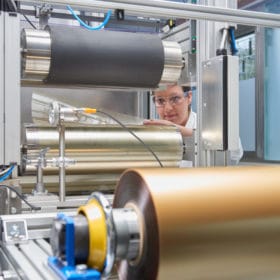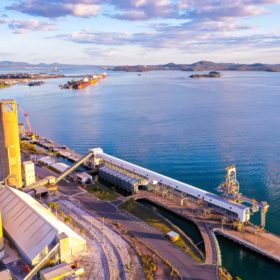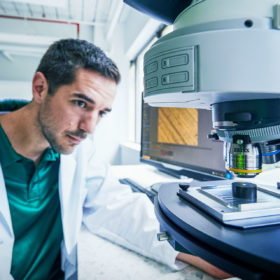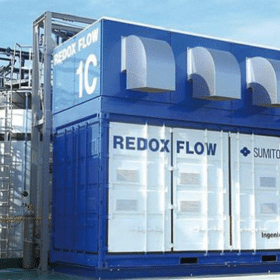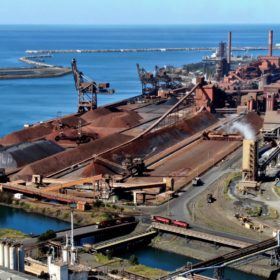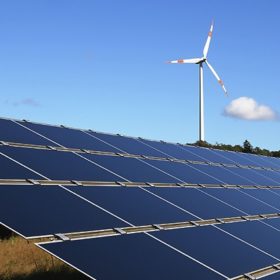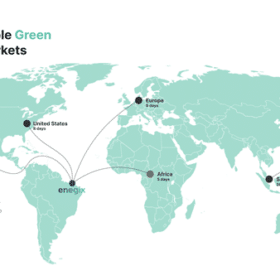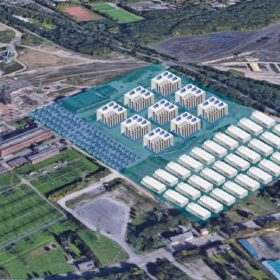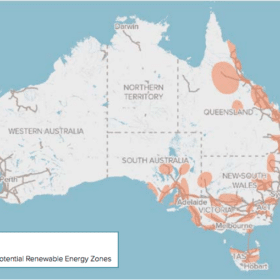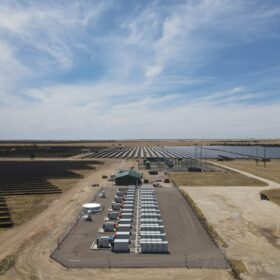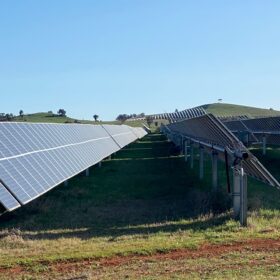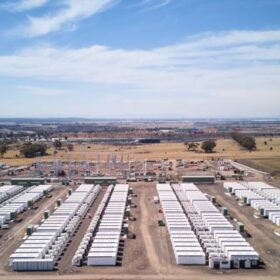Australia’s world-leading hydrogen pipeline drives analysts to boost renewable growth forecast
Market analyst Fitch Solutions has raised its expectations for renewables in Australia, citing the country’s unrivalled green hydrogen project pipeline and its commercially viable large-scale battery storage sector.
Gladstone to host $500m solar to hydrogen plant
London-based Eco Energy World, which is already developing at 300 MW solar project north of Gladstone, Queensland, has announced that it is going to combine the solar plant with a 200 MW hydrogen plant and 100 MW of energy storage for green hydrogen exports to the global market.
NSW company wins ‘prestigious’ global hydrogen award for pioneering heat reaction technology
Australian hydrogen research and development company, Star Scientific, has won a World Hydrogen Award for its patented HERO technology, which caused a flurry of excitement in 2020 and shows no signs of abating.
World-leading vanadium project awarded Major Project Status by Federal Government, progressing redox flow battery industry in NT
Australian mining technology company TNG Limited has had its flagship Mount Peake Project, which includes production plans for vanadium redox flow batteries and green hydrogen, recognised as nationally signifiant.
Steel city targets green hydrogen future
Wollongong, for decades a hub for coal and steel industries, is keen to play a key role in Australia’s decarbonised energy future with the local council proposing the coastal city as the ideal location for large-scale clean energy hydrogen production.
Province Resources moves ahead with 1 GW renewable hydrogen project
ASX-listed Province Resources is pushing ahead quickly with its plan to develop a 1 GW hybrid solar PV and wind farm in Western Australia as part of a proposal to produce renewable hydrogen for domestic and foreign markets.
Australia-based Enegix Energy planning $5.4bn Brazilian green hydrogen plant
The facility is expected to be located in the state of Ceará and to be powered by around 3.6 GW of wind and solar facilities located in the region. The project developer is Australia-based Enegix Energy.
German steel giant wants to set up 500 MW green hydrogen plant
German energy company Steag is helping Thyssenkrupp decarbonise its steel production site in Duisburg-Walsum. Green hydrogen generation is expected to be powered by a mix of wind and solar power.
Compressed green hydrogen ship for Aussie exports deemed ‘highly competitive’
A scoping study has found Global Energy Ventures’ compressed hydrogen ship to be both technically feasible and ‘highly competitive’ to transport the hyped future fuel at distances that conveniently connect Australia to Southeast Asian markets.
Government advisors class multiple renewable projects among Australia’s highest infrastructure priorities
Australia’s infrastructure advisory body has added a number of renewable energy-related projects to its priority list, recognising the need for investment in the “once-in-a-lifetime transition from thermal generation to intermittent renewables.”
